I recently got to try out the Pico 4 Ultra, as well as the Pico Motion Trackers during ByteDance’s launch event.
Pico 4 Ultra was the first competitor of Meta Quest 3! It has a longer battery and better passthrough. It’s still comfortable and well balanced
Pico 4 Ultra has the same balance as its predecessor, the battery is behind the rear padding and not the visor. This allows the visor to weigh 304 grams, compared to the 397 grams of Quest 3, with the battery acting as a counterweight.should offerSure, you can achieve a somewhat similar result on a Quest 3 with the Elite Battery Strap or a third-party alternative, but Pico 4 Ultra has this by default, and without the leftover weight of a front battery.
Pico 4 Ultra Launches In Europe On September 20
Pico 4 will launch in Europe, Japan, South Korea, Singapore, Malaysia, and Thailand on September 20, with preorders opening on Friday.
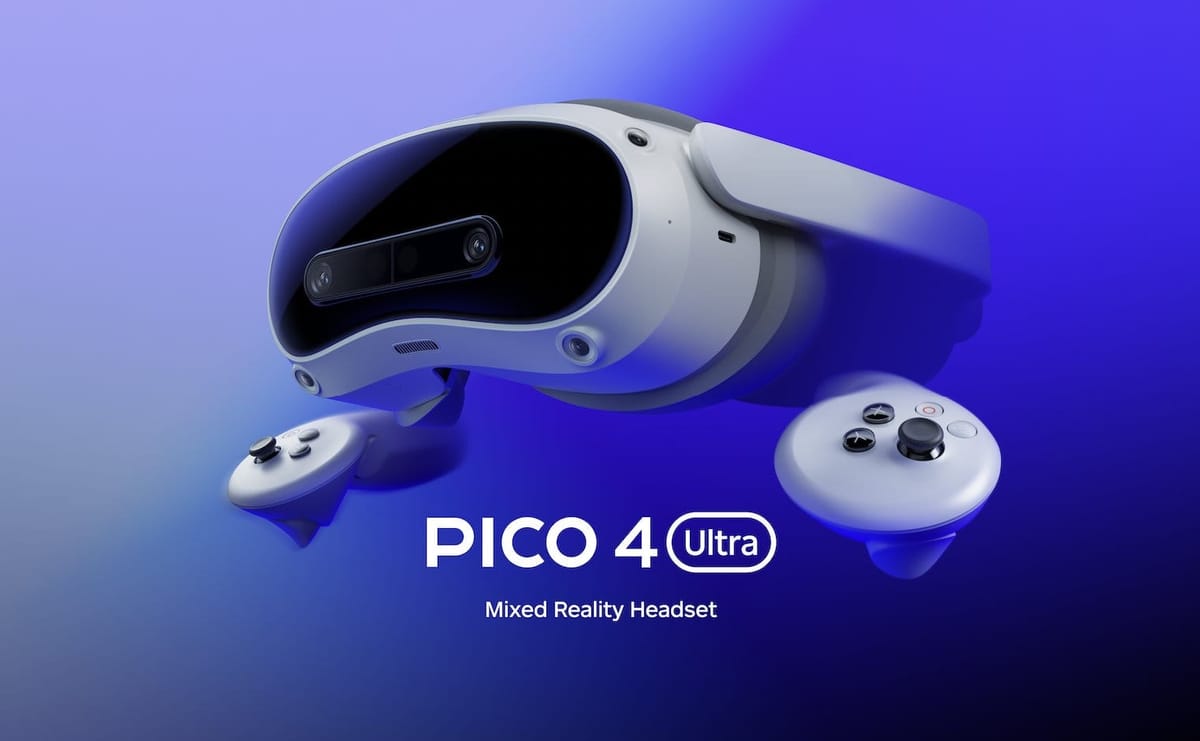
The result is that Pico 4 Ultra felt comfortable from the moment I put it on. Though I only wore the headset for around 15 minutes at a time in my demo, my time with the original Pico 4 suggests this is a headset you probably won’t mind wearing for hours.
Passthrough: Two Steps Forward, One Major Step Back
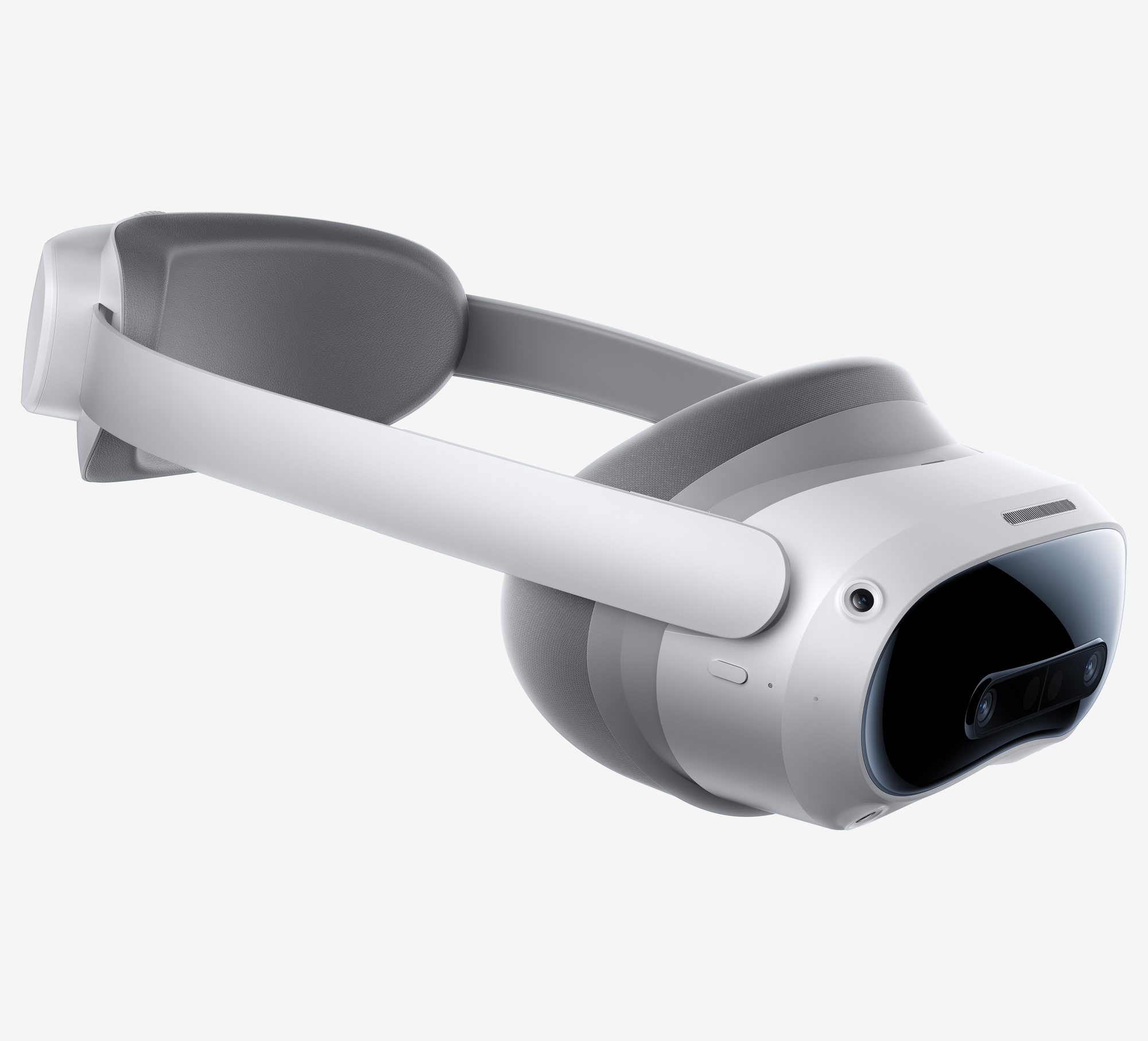
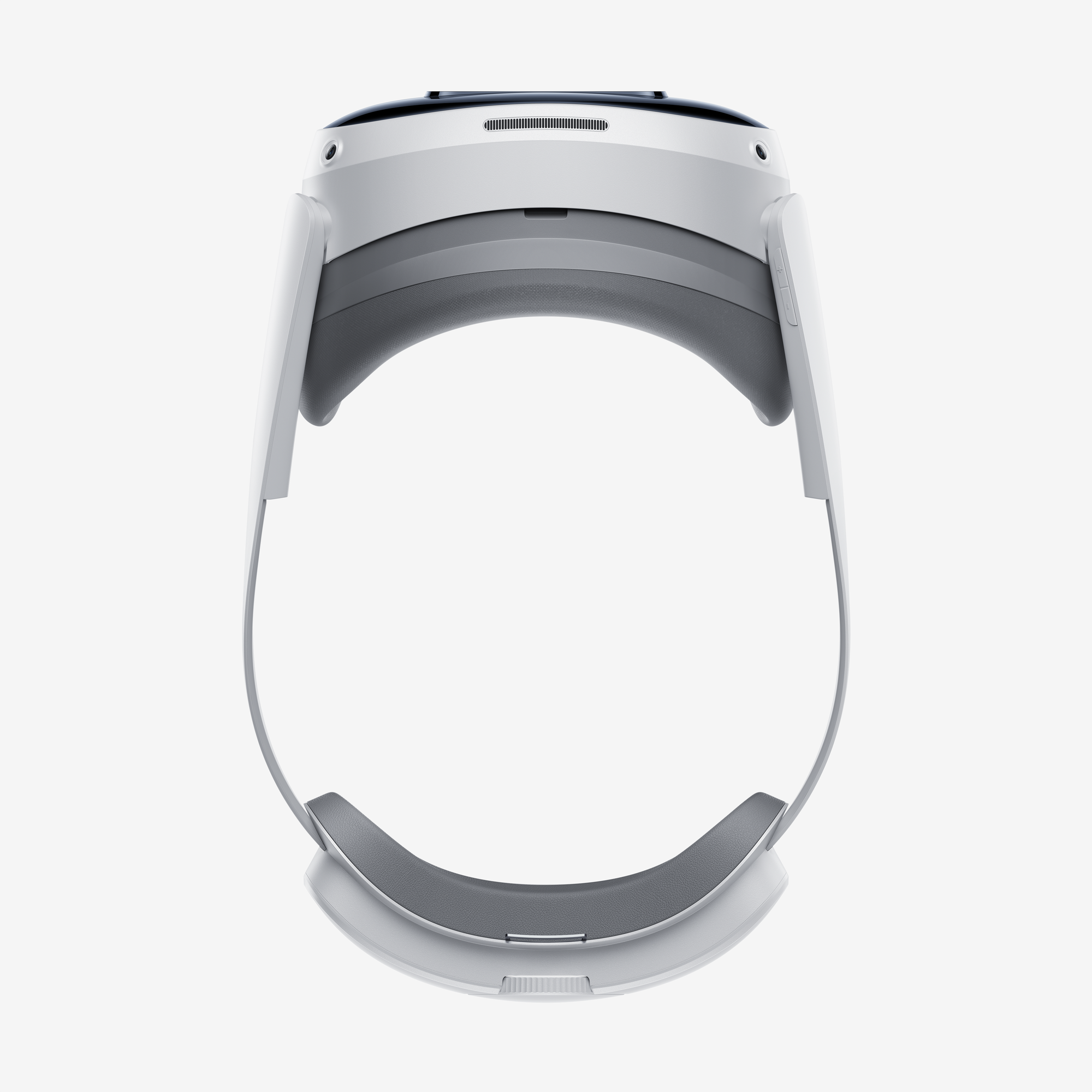
Perhaps ByteDance’s most significant claim for Pico 4 Ultra is that its passthrough is better than Quest 3. The company did not mention the words “Meta” and “Quest” during the launch, but they listed Quest 3 specs when discussing “competing headphones”. It was clear that what they meant. Pico 4 Ultra’s passthrough has a 14% higher angular resolution, and the result is a
slightly
sharper image. It was a bit dark in the demonstration area, but I could still read small print on paper. Pico 4 Ultra passthrough has a much better passthrough than Quest 3 because there’s no distortion or double image on objects that move, such as hands. This was arguably one of the most significant issues with Quest 3 passthrough. ByteDance claims that its passthrough sample 72 frames per second in 72Hz refresh mode or 60 frames per seconds in 90Hz, while Meta seems to sample much fewer. You’ll notice that the world in Pico 4 Ultra is skewed, and not static. Or walk around and notice as the world seems unstable.
That’s not to say Pico 4 Ultra doesn’t do depth correction at all. The scene mesh is not only generated at setup, but it’s also updated continuously. Pico 4 Ultra also doesn’t project each camera view from a headset perspective based on an estimation of depth per frame. The depth and perspective feel off. It is unsettling to see virtual objects always in front of the hands and arms. But then again, to date very few Quest 3 apps support dynamic occlusion, so most of its owners will see the same.
Multitasking: Lots Of Apps, Not Much FreedomLike Apple’s visionOS and now Meta’s Horizon OS, ByteDance’s Pico OS has been enhanced to support running multiple 2D windows at once in the home space.Pico OS takes an interesting approach to multitasking. The OS has 50% more RAM than Quest 3 and can run 20 windows simultaneously. Pico OS does not allow you to freely move windows around in space. Pico OS allows you to move windows along an invisible bubble that is centered around your location. You cannot move any one window closer or further than another. Pico environments are not as realistic as visionOS, but they’re far superior to the low quality ones you find in Horizon OS. This makes multitasking easier. While not as realistic as visionOS environments, Pico environments are leaps and bounds ahead of the low quality ones you’ll find in Horizon OS, and make multitasking in VR appealing.
Held Back By Older Lenses
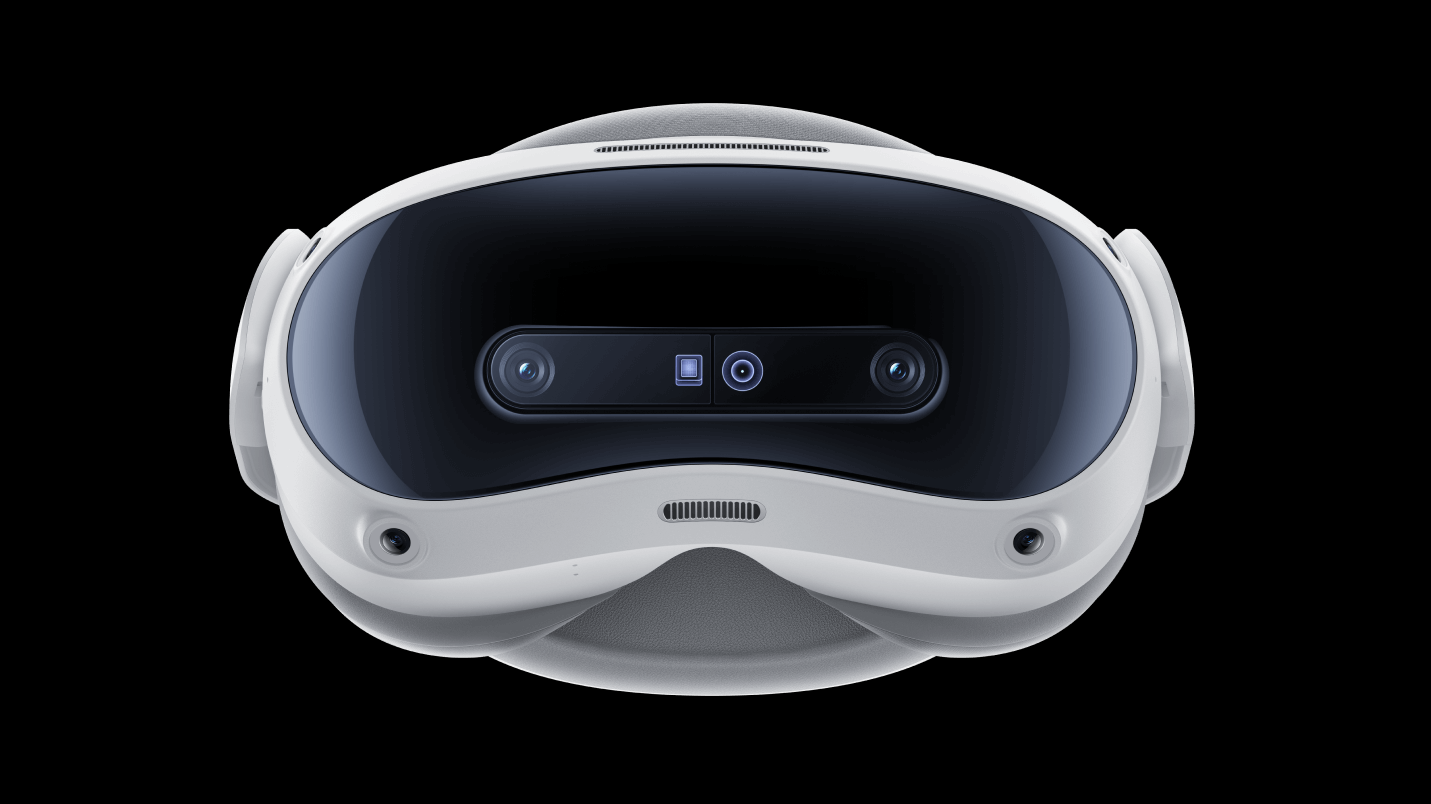
While Pico 4 Ultra’s chipset and sensor suite are generational improvements over its predecessor, it still uses the same lenses and the same displays, just with 25% higher peak brightness.
Pico 4’s pancake lenses were somewhat impressive back in 2022 when they launched. But two years later they feel outdated.
They’re better than fresnel lenses, sure, but they don’t come close to the sublime edge-to-edge clarity of Meta’s lenses in Quest 3, and the step down is instantly noticeable.
Quest 3 also has a noticeably wider field of view, though Pico 4 Ultra’s is taller. Which aspect you prefer will depend on your use case.
Pico Motion Trackers
Arguably Pico 4 Ultra’s unique selling point over Quest 3 is that for just PS80/EUR90 you can add leg tracking.
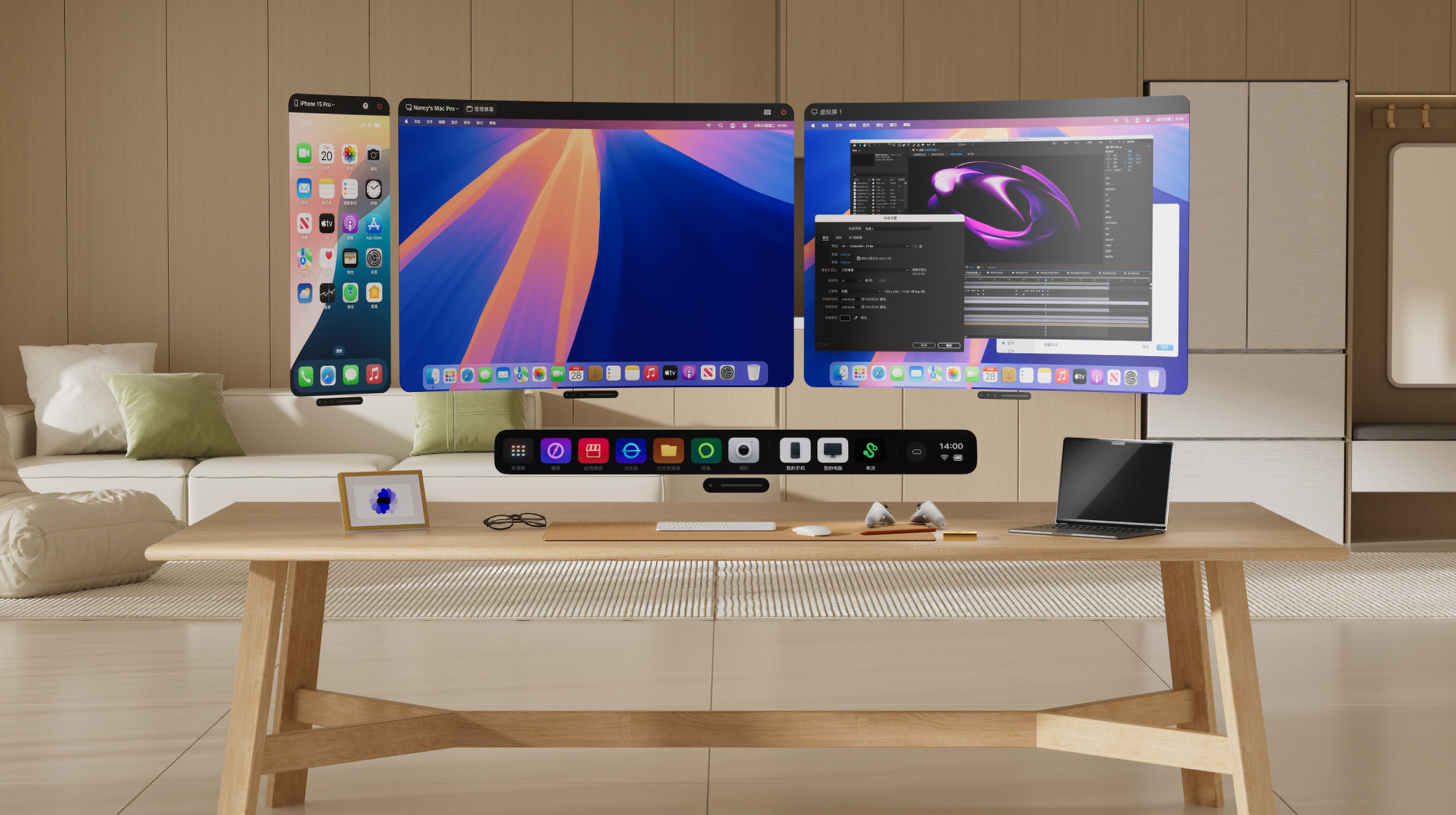
No base stations are required, and the setup couldn’t be easier. Simply strap them to your ankles using the provided straps and turn on the trackers. Then, look down. The headset will track the positions of the infrared LEDs under the plastic to calibrate, and tracking will initialize.
Pico Motion Trackers will be
, including VRChat at launch and Blade & Sorcery: Nomad in future, as well as any PC VR title that supports Vive Trackers.
I found the tracking quality to be very impressive given the price and size. It’s good enough to kick, dance, or do virtual yoga. Early Conclusions
I will have a Pico Ultra review unit in the next few weeks. I’ll then be able to spend more time using the headset and tell you how it feels to use the headset at home, rather than a controlled demonstration. The passthrough of Pico 4 Ultra is superior in certain ways but less so in other. The device can handle more 2D applications at the same time, but has less flexibility in how they are positioned. Leg tracking on Pico Motion Trackers allows for new games and experiences. ByteDance no longer wants to aggressively subsidise hardware and fund exclusive content in order to challenge Meta.